The History and Science of Lenses – FilmmakerIQ (2015)
Glass has been a truly transformational material in Human history. Among many other remarkable things glass helped us understand and control properties of light. From photocopying machines to fiber optic cables glass revolutionized our lives. Gutenberg’s printing machine was a turning point with an unintended consequence. Printing created a huge demand for spectacles and glasswork craftsmanship in Europe literally exploded. Craftsmanship that built spectacles lead to building of more specialized optical instruments including microscopes, telescopes and eventually cameras. For all […]

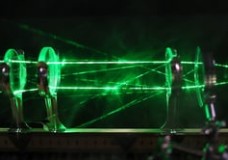

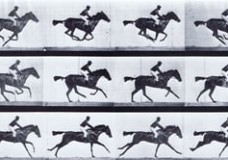

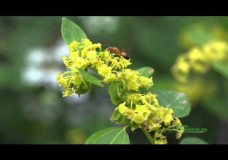
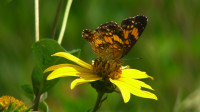

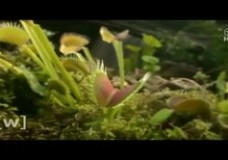
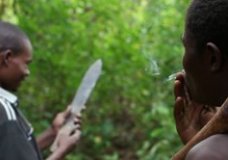


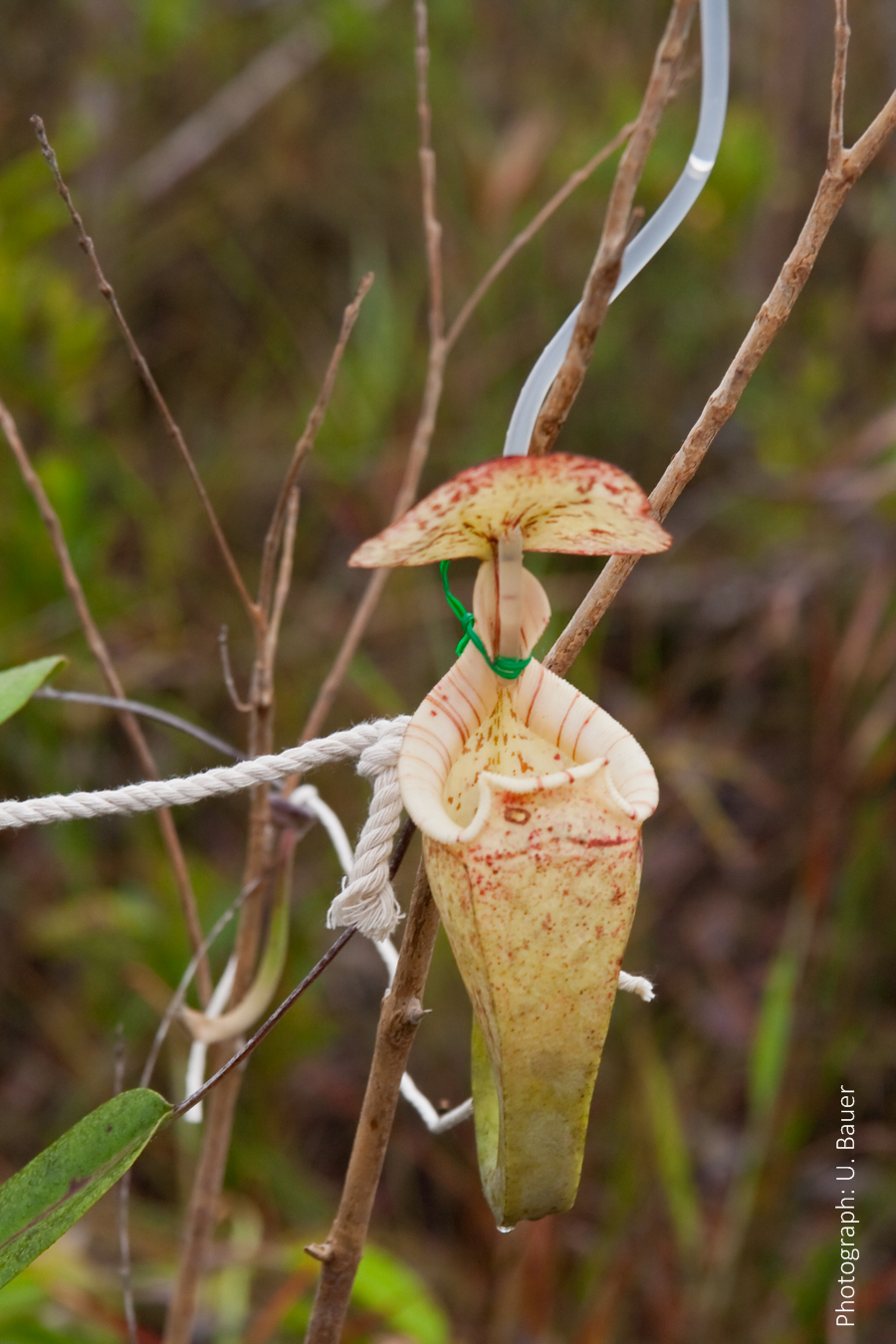
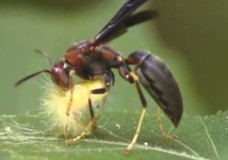
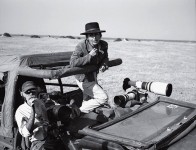
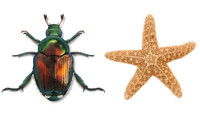

Recent Comments